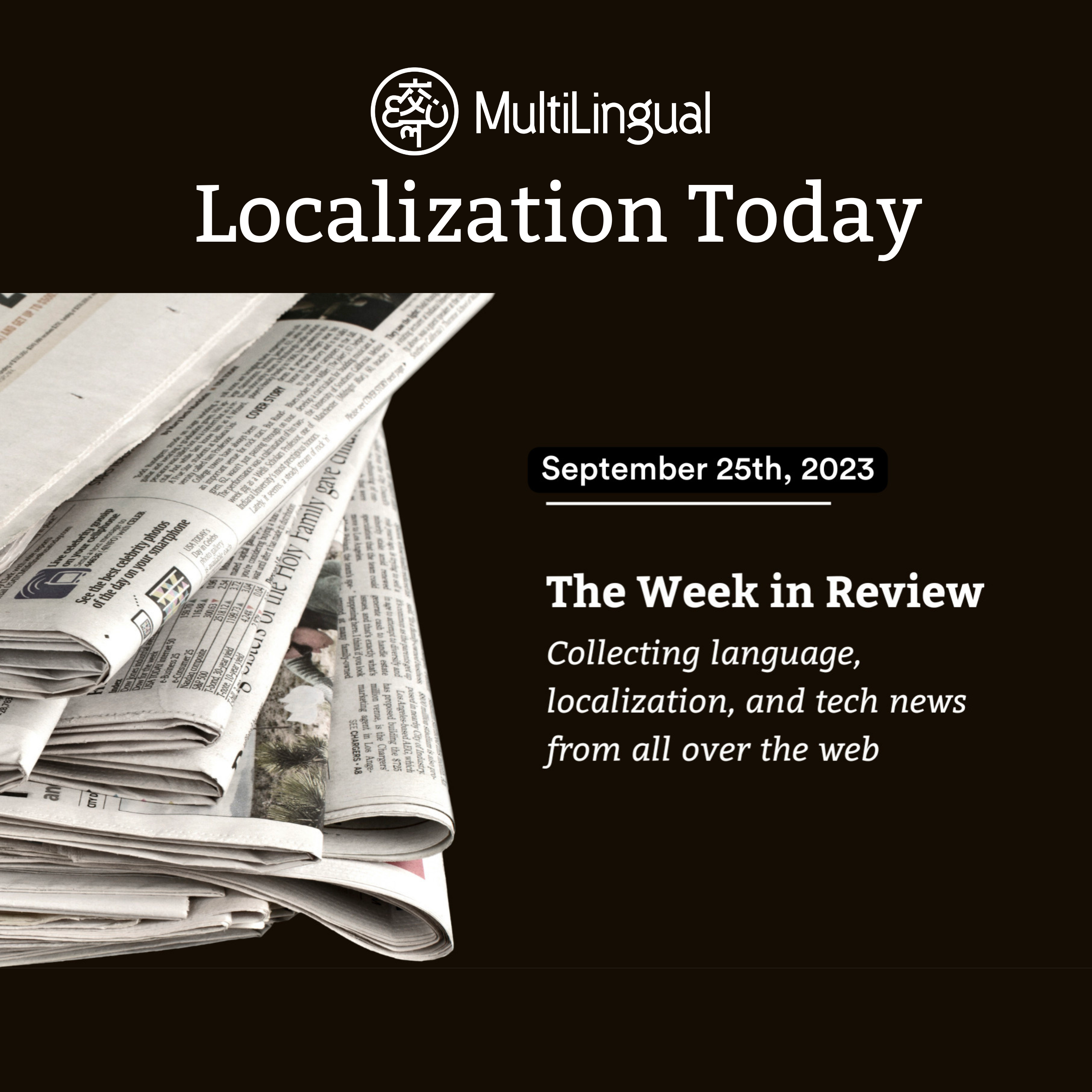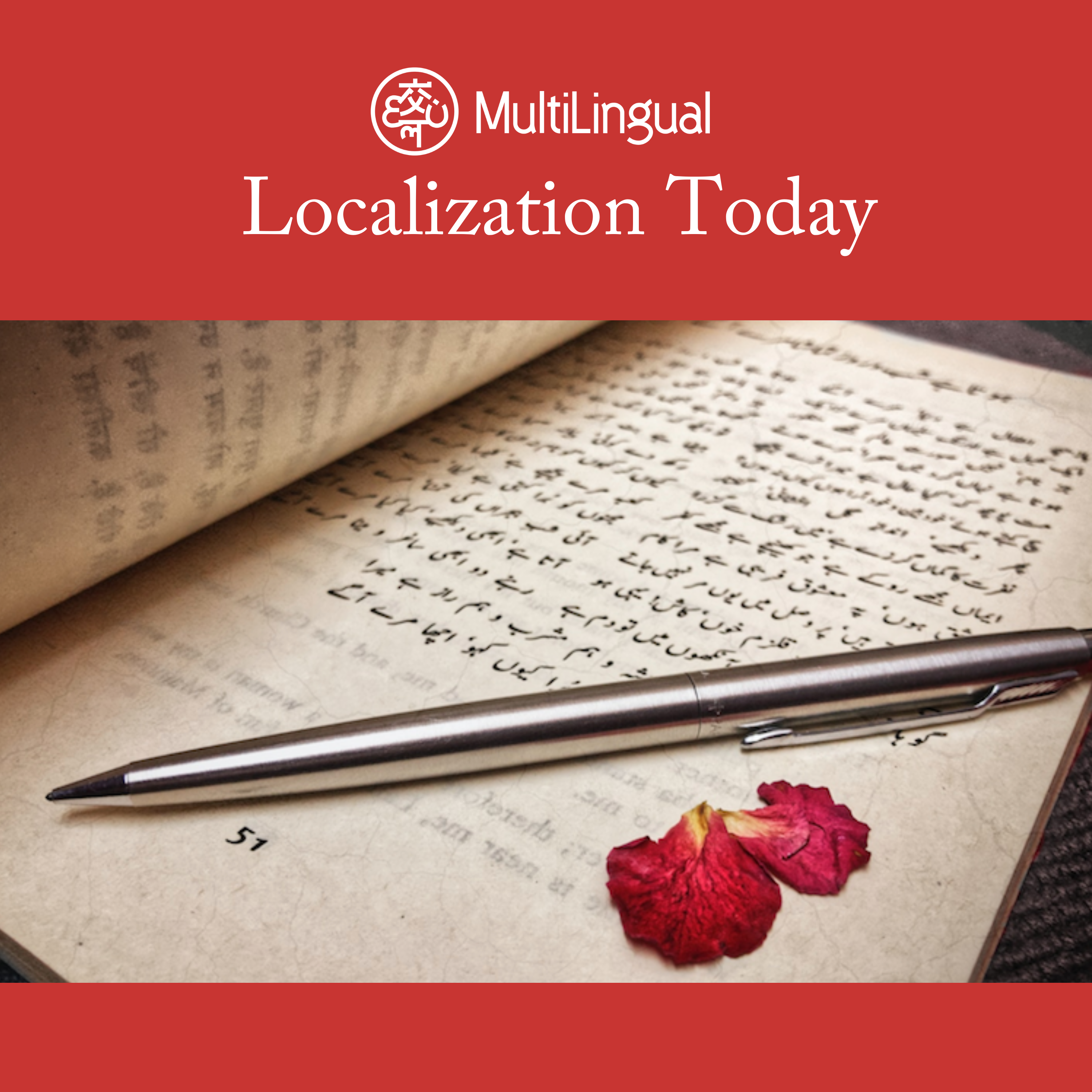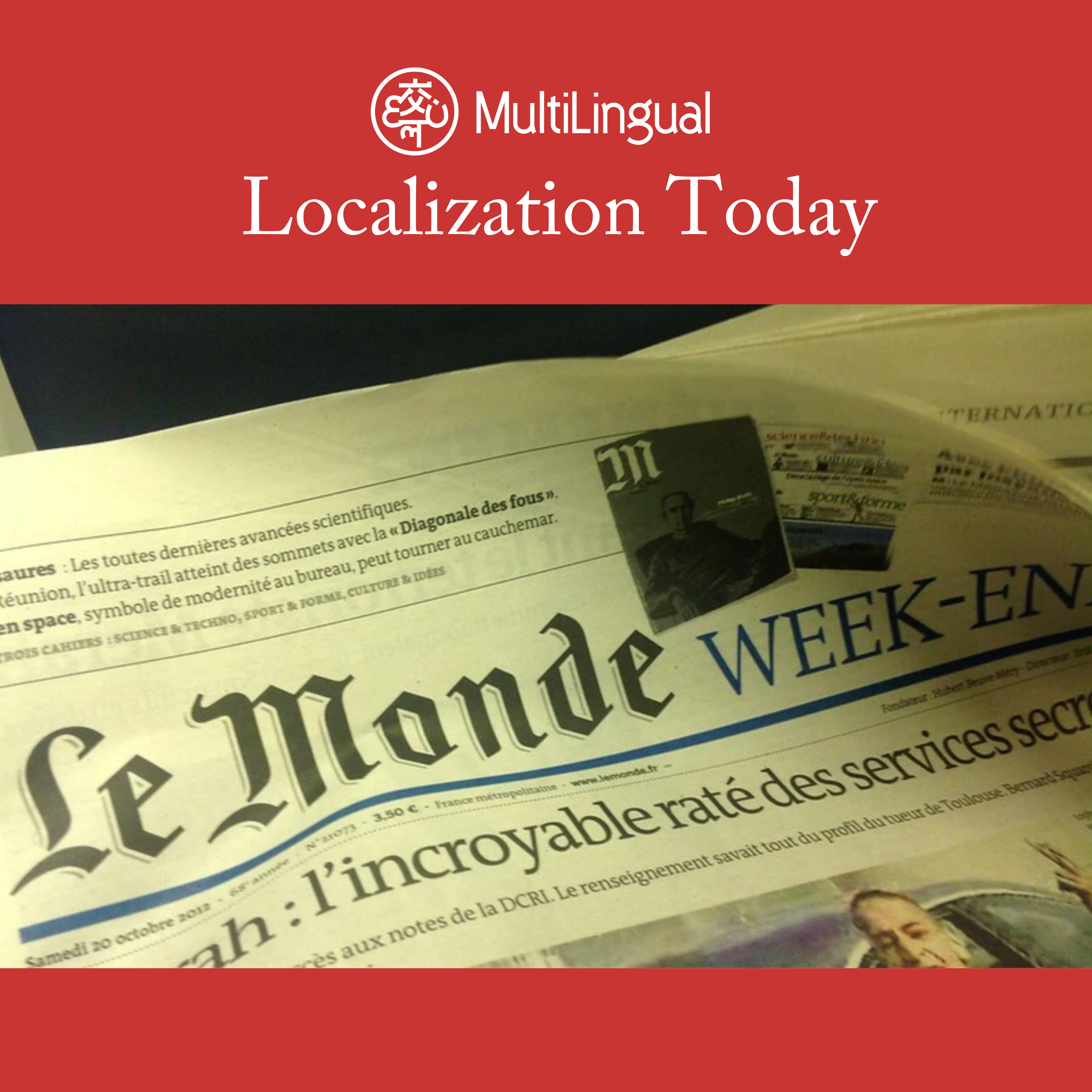Episode Transcript
[00:00:00] Lost in translation Language is a gateway to environmental connection.
[00:00:04] By Manuela Rosso Bregnik and Lana Droz Language does more than simply convey information it shapes how we perceive and interact with our environment. When we move beyond a single language perspective, our understanding of nature can become richer, more dynamic, and more nuanced. This essay explores how different linguistic traditions frame human relationships with the natural world, influencing the ways in which we engage with landscapes, ecosystems, and sustainability.
[00:00:32] By considering these varied perspectives, we can learn how language not only reflects but also actively forms our ecological consciousness and how we imagine our place within the more than human world. A Lens for ENVIRONMENTAL EXPERIENCE in many dominant discourses, particularly those shaped by English speaking traditions, nature is often portrayed as a static backdrop, something to be managed, measured, or exploited. However, when we listen to the diverse ways that different languages describe the natural world, we can uncover vibrant cultural narratives that suggest otherwise.
[00:01:07] For instance, in Japanese, the term fdu fengtu, which translates literally to wind and earth, captures a holistic view in which climate, landscape, cultural activities, and human experience are intricately intertwined.
[00:01:21] 1 similarly, the painting style called shan shui shanshui in Chinese, meaning literally mountains and water, evokes a dynamic interplay between geological formations and living energy, a relationship deeply embedded in cultural history and aesthetic practice.
[00:01:37] In Indian Quechua, yaku translates as water but holds a more sacred status, understood as a living being with agency, spirit, and memory.
[00:01:47] The Sami word jika refers to ice, yet it conveys much more than a solid state it indexes changing seasons, movement, and ongoing relational knowledge with the land.
[00:01:57] In Galician, marina represents a homesick longing but also captures a mist laden, melancholic attunement to place, particularly the damp coastal climate. Connecting longing and environmental presence, these examples show that language is not neutral it actively frames our perceptions and interactions with our surroundings. For language professionals, these concepts present both a challenge and an opportunity. How do we render the fullness and cultural resonances of words like fdu into other languages? Or are some meanings meant to remain untranslatable? This is not just a technical exercise in equivalence, but a creative act that can open new ways of thinking about our environment.
[00:02:37] Voices from Land and Seascapes Many languages provide a rich source of ecological wisdom, especially when they remain rooted in practices and places binding them to natural elements and species. For example, in various animist traditions, rivers and mountains are not inert objects but living entities imbued with spirit, memory, and agency.
[00:03:00] These perspectives challenge the utilitarian, capitalist view of nature as a collection of resources to be exploited. Instead, they invite us to see lands and waters as networks of relationships in which every river or mountain is a participant in a larger ecological dialogue. This multiplicity of voices is especially important in discussions about environmental policy and sustainability. Consider the contentious debates over dam construction in many parts of the world.
[00:03:25] In official documents, rivers, which are dynamic, natural processes that confuse the boundaries between biotic and abiotic elements, are often frozen into fixed, inanimate objects to be harnessed for energy, irrigation, or flood control.
[00:03:39] In communities where locals understand rivers as ancestral beings or communal kin, such projects can provoke fierce opposition. Multilingual urban settings reveal a stark contrast. One language may frame a river as a boundary to be managed, while another portrays it as a living connector that holds cultural and spiritual significance.
[00:03:58] For language professionals working in environmental contexts, these examples highlight the importance of careful translation and interpretation. Accurately conveying these layered meanings can help ensure that environmental policies reflect a more holistic understanding of nature, specifically one that respects both scientific data and complex, situated cultural narratives. Beyond literal equivalence, translating ecological concepts across languages is not simply a matter of finding dictionary equivalents but rather require sensitivity to the cultural and philosophical contexts in which these concepts are embedded.
[00:04:32] For instance, how do you translate words like FDU without losing the rich connotations that have evolved over centuries? Similar issues arise with many expressions across diverse languages that describe other species and natural phenomena.
[00:04:45] Often these terms are deeply tied to specific cultural practices and spiritual beliefs, with no direct counterpart in the languages into which they are translated. This challenge is a reminder that translation is an act of negotiation that must balance the need for clarity with the desire to preserve nuance and situated ecological kinships.
[00:05:03] As scholar David Abrams suggests, language is an ecological force shaping how we see the world ate. Therefore, each act of translation has the potential to either narrow our understanding or open new vistas of possibility. This interplay between language, culture, and the environment offers fertile ground for exploration.
[00:05:22] It invites us to consider how linguistic diversity can inform public debates on environmental management and sustainability and how translation can serve as a bridge between disparate worldviews. Case Studies from Dams to Dialogue Real world examples vividly illustrate the power of multilingual approaches in reshaping environmental discourse. In several communities, proposals to build dams have sparked protests because of not only their environmental impact but but also the linguistic framing of the projects. When dam proponents use technical and economic language to describe rivers, they often overlook how local communities and their languages imbue these waterways with a sense of sacredness.
[00:06:01] By contrast, community leaders who articulate their opposition in their native languages bring to the forefront a vision of the river as a living community member whose loss would erode not only local ecology but also cultural identity. In urban settings, multilingual communications have become essential in negotiating water management strategies. For some projects, city officials have worked with translators and cultural mediators to integrate the diverse linguistic expressions of water, each reflecting different experiences and expectations.
[00:06:30] This multilingual dialogue has enabled more inclusive policymaking, ensuring that marginalized voices are heard and respected. Such cases demonstrate that embracing multilingualism is not merely an academic exercise.
[00:06:42] It has tangible impacts on how environmental challenges are addressed, whether through improved policy frameworks or more effective community engagement. Embedding and upholding the language of place within the decision making processes and throughout implementation can lead to more sustainable and just outcomes. Inclusive Environmental Discourse as environmental challenges grow more complex in our globalized world, the need for inclusive and pluralistic approaches becomes ever clearer. A monolingual perspective, by privileging one cultural and linguistic framework, risks oversimplifying the intricate relationships that define our interaction with nature.
[00:07:19] By contrast, a multilingual approach enriches our collective understanding, opening possibilities for collaboration, empathy, and innovation. For translators and interpreters, the implications are profound.
[00:07:31] Every translation decision, whether in policy documents, academic papers, or public communications, carries the potential to either obscure or illuminate the interdependencies between humans and the natural world.
[00:07:44] In this light, multilingualism is not simply about adding more languages to a conversation.
[00:07:49] It is about fundamentally rethinking how we communicate and how we relate to the environment and other species. Conclusion the relationship between language and nature is far more dynamic than a simple matter of translation. Languages shape our perceptions, inform our values, and ultimately guide our actions.
[00:08:07] Whether through the resonance of shan shui or the depth of cultural narratives, multilingualism offers a profound lens through which to view the world in an era of environmental uncertainty. Embracing this diversity is an essential strategy for facilitating sustainable and inclusive approaches to environmental management. By bridging linguistic divides and honoring the myriad ways communities speak about their surroundings, we can pave the way for more thoughtful, responsive, and resilient practices and policies. In doing so, we invite a broader conversation about what it means to live together with a natural world. This article was written by Manuela Rosso Brognick. She is a PhD candidate at the University of British Columbia, Okanagan, where she researches the intersections of sustainability, language, and art, with a focus on human water relations.
[00:08:54] She has worked with the Global Water Partnership and holds degrees in fine art and women's and gender studies.
[00:09:00] And Lana draws. She received her PhD from Kyoto University in2020. Since then, she has worked as a researcher in cross cultural environmental philosophy and sustainability sciences in Germany, Spain and Japan. Originally published in multilingual magazine issue 244 September2025.


